Wire and Cable
Copper Theft: A Call to Action
FERC Complaint Targets Duke, PJM Transmission Planning
Wire and Cable

FERC Approves Interconnection for Talen Energy, Amazon Data Center
In a significant move that underscores the growing demand for reliable and sustainable energy to power the expanding digital infrastructure, the Federal Energy Regulatory Commission (FERC) has approved an interconnection agreement between Talen Energy, Amazon Web Services (AWS), and Exelon. This agreement allows for the integration of new energy generation sources to supply a large-scale Amazon data center facility at the Susquehanna nuclear plant in Pennsylvania.
The Growing Need for Data Centers and Renewable Energy
...
Related Articles
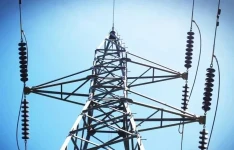
FERC Complaint Targets Duke, PJM Transmission Planning
A coalition of large energy consumers and ratepayer advocates has filed a complaint with the Federal Energy Regulatory Commission (FERC), urging the agency to prohibit transmission owners from independently planning "local" transmission projects exceeding 100 kilovolts (kV). The coalition argues...

Reducing Partial Vacuum Induced Flashovers in 25 kV Class Loadbreak Separable Connectors
The 25 kV Class 200 Ampere loadbreak separable insulated connector system didn't always have today's reputation for safety and reliability. As 25 kV Class loadbreak connectors increased in popularity in the 1980's and 1990's, utilities reported unacceptably high numbers of flashovers...
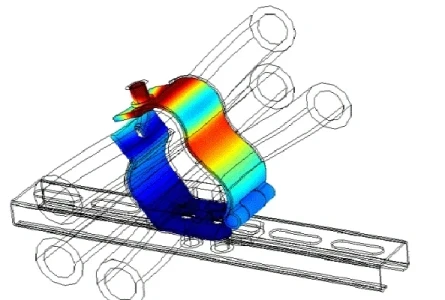
Cable Cleats Testing - Crucial to Cable Management
Essentially, cable cleats are devices designed to secure cables and to ensure the retention and support of them, reducing the load that the cable may be exposed to under its own weight. They are also designed to contain the cables under fault conditions, protecting the cables and the cable...
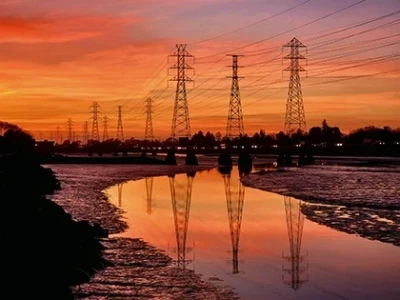
Reconducting Existing Transmission Lines Enables Low-Cost Grid Decarbonization
To support decarbonization mandates in the U.S., many utilities and transco's have proposed new transmission lines to link load centers with new renewable generation assets and move power from one region to another over vast distances. While the U.S. government continues to struggle to find ways to...
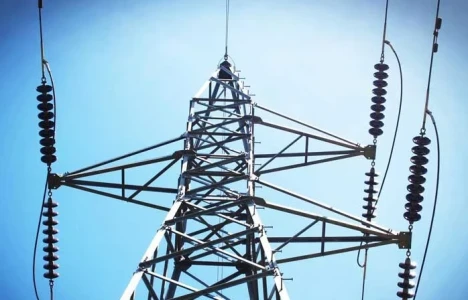
FERC Complaint Targets Duke, PJM Transmission Planning
A coalition of large energy consumers and ratepayer advocates has filed a complaint with the Federal Energy Regulatory Commission (FERC), urging the agency to prohibit transmission owners from independently planning "local" transmission projects exceeding 100 kilovolts (kV). The coalition argues...

FERC Approves Interconnection for Talen Energy, Amazon Data Center
In a significant move that underscores the growing demand for reliable and sustainable energy to power the expanding digital infrastructure, the Federal Energy Regulatory Commission (FERC) has approved an interconnection agreement between Talen Energy, Amazon Web Services (AWS), and Exelon. This...
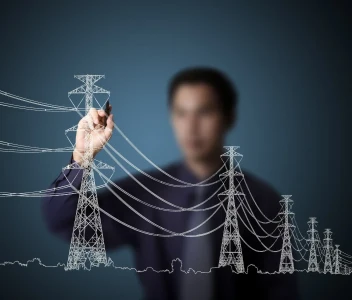
FirstEnergy Explores Alternatives to PJM Capacity Market
In a strategic move aimed at enhancing its power supply reliability, FirstEnergy is actively exploring alternatives to the PJM capacity market. This development reflects the company’s proactive approach to addressing challenges within the existing market structure and ensuring a more robust...
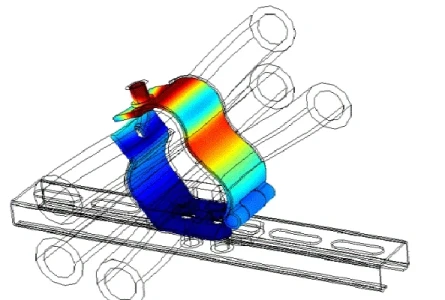
Cable Cleats Testing - Crucial to Cable Management
Essentially, cable cleats are devices designed to secure cables and to ensure the retention and support of them, reducing the load that the cable may be exposed to under its own weight. They are also designed to contain the cables under fault conditions, protecting the cables and the cable...
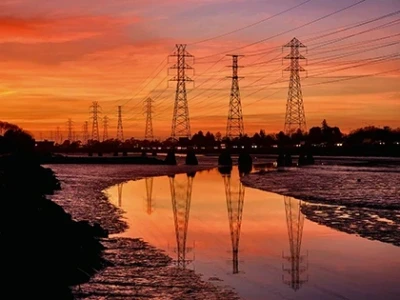
Reconducting Existing Transmission Lines Enables Low-Cost Grid Decarbonization
To support decarbonization mandates in the U.S., many utilities and transco's have proposed new transmission lines to link load centers with new renewable generation assets and move power from one region to another over vast distances. While the U.S. government continues to struggle to find ways to...
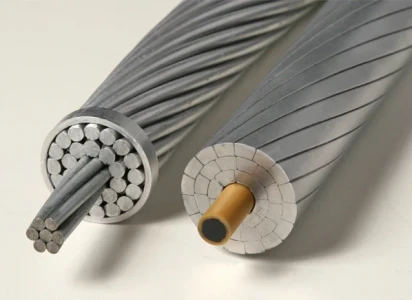
The Evolution / Revolution of Overhead Conductors... and why it matters
Brief Background: In the early 1900’s Aluminum Conductor Steel Reinforced (ACSR) conductor was developed to replace copper wires, due to the war effort when copper was needed for munitions. In the 1970’s growing demand for electricity inspired the development of higher capacity...
